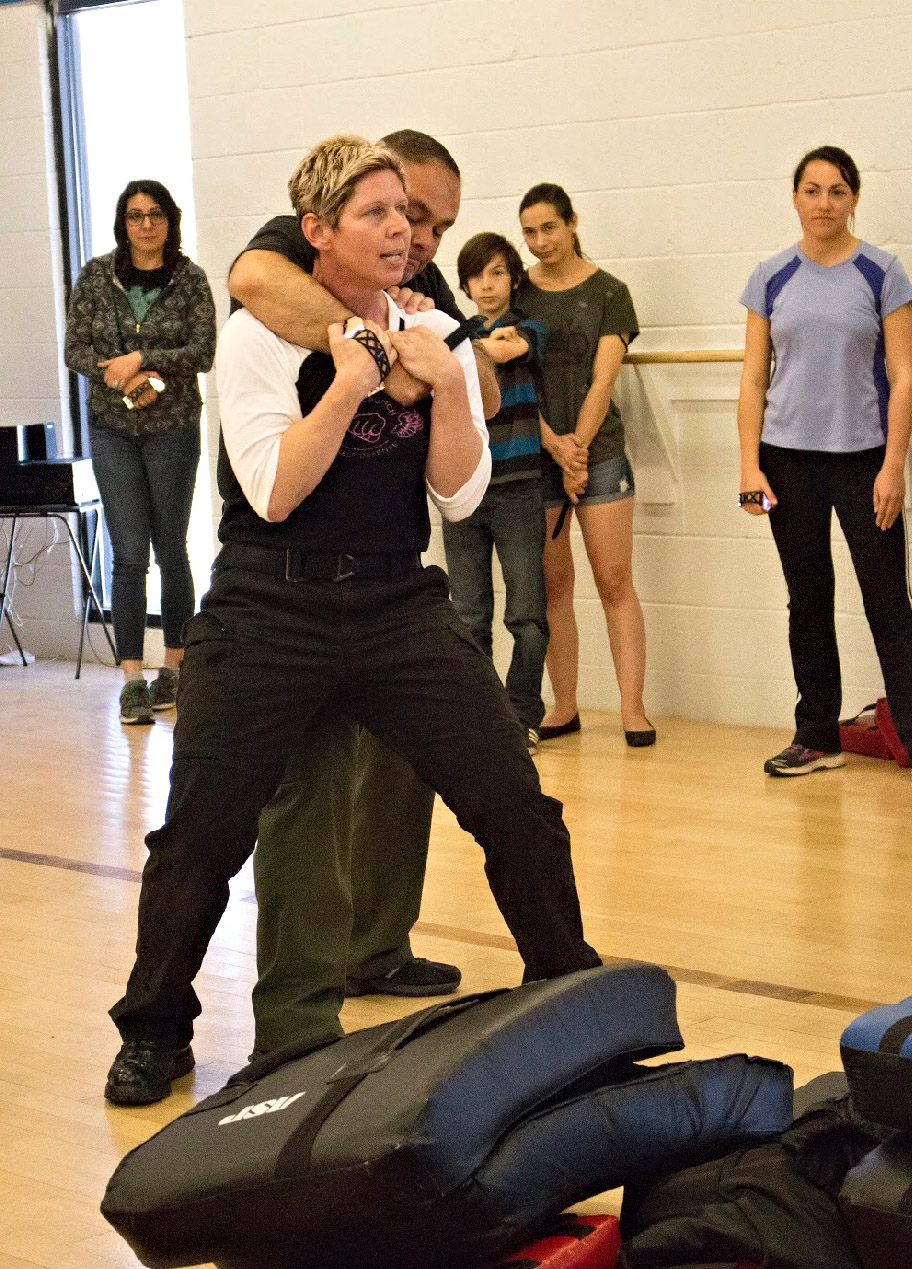
A home alarm system is an important component of home security. It includes a range of security hardware placed on your property and personal security practices. These hardware could include door locks, motion detectors and security camera systems. It is important to learn about the different types of home security systems, as well as their costs. We will explain the differences between each system and their workings. You might even be interested in learning how to monitor your own home security system.
Cost of home security systems
The cost of a home safety system is high, but the benefits outweigh it. A monitored system is a good option, but you can save money by placing the monitors in areas where they are most likely be accessed. You can save money by skipping the second-floor windows for a more affordable option. It's important that you understand the cost of home security systems before you make a purchase.
While the installation cost varies between companies, a basic system may cost $300 to $1,000. As the number and complexity of wiring increases, so does the cost. In addition, hardwired systems will cost more than wireless ones. You may be sent instructions and materials by monitoring companies to help you install the system. You can contact the monitoring company to find out the cost of installation if you are unsure.

Components of a home security system
Home security systems contain several different components to protect your property. Motion sensors can be used to set off alarms when there is movement in the house. Other components of a home security system use motion sensors as well. To begin recording, motion sensors are used by some cameras. If motion is detected, lights can be turned on by other devices. Motion sensors can also alert professionals if your pet is in danger. These devices are all essential components of a home security program.
Modern alarms feature more components and more features than ever before. Make sure your home security system works with your home automation devices. While some systems work with all brands, others are only compatible with certain brands. Some security systems may not be compatible with smart thermostats. Check that your home security system is compatible with smart home automation devices. If you want to control temperature through voice-controlled devices, make sure your security system is compatible with them.
Professional monitoring costs
A professional home security monitoring service can cost you several dollars. An installation fee of $300 is charged for a basic system. However, more complex systems may cost between $800 and $1,600. The cost of a system is more complicated than a wireless one. Hardwired systems tend to be more expensive than wireless. Many monitoring companies will provide installation instructions and materials to assist you in installing your own system. Some companies provide equipment for free if you choose to purchase it.
Home security monitoring companies offer several plans and can customize plans to meet your individual needs. Some plans will text you to confirm activation, while others will form different action plans depending on the type and alert. You will be safer from break-ins when you use a professionally monitored service. It is important to choose a plan that provides ample notification when you sign up for a home security company.

Self-monitoring services cost
The homeowner can either monitor their home security system themselves or hire a professional to do so. Monitoring services alert authorities when the system detects a breach or an emergency situation. The monitoring service can even contact the police or fire department when necessary. While monitoring services can be costly, they can offer peace of mind even when you aren't there. Remote monitoring can be done with standalone devices like smart locks and motion sensors.
Installation costs range from $300-$800. The more sophisticated the system, however, the more costly it will be. Hard-wired systems need more wiring and more units. Some monitoring companies will send you materials and instructions to install the system yourself, but it's important to remember that the cost of installation can be substantial over the long run. Compare prices before you make a decision.
FAQ
What should I be looking for in a Self-Defense Class?
It is important to consider the reputation and experience level of instructors when choosing a self defence class. Ask about their qualifications and background.
Ask if there are any discounts or free trials. You may be eligible for special discounts and offers from instructors who teach new students.
Ask if they offer online classes so you can take advantage of them whenever you want.
Ask if emergency medical services are available after classes. This is especially important in the event that you are hurt during a class.
Make sure you find a class with a variety of exercises. This allows you to take your time and try every technique before moving onto the next.
Do stun guns hurt people?
Not really. The stun gun injects a tiny amount of current into the skin.
It doesn't cause permanent harm.
What is the most effective self-defense technique?
Avoiding attack is the best defense. Run away from an attack as quickly as you can. This will give you the time to consider a better strategy.
Use any defensive techniques that you know if you are unable to escape. These include kicks, punches, and knees. To stop your attacker from attacking you more, you can grab his arms and legs.
You can fight back with any means you have available if none of these options are effective. The best weapon to use for this purpose are your naked hands. You should learn how to use them correctly if you are not familiar with the basics.
What does an attacker do with a stun gun?
The stun gun uses electricity in order to incapacitate the victim. The electric shock causes muscle contractions that prevent them moving. They are unable to fight back.
Stun guns are most effective when used in the neck and head areas.
The most common use of a stungun is to shoot at the victim's body parts until they become unconscious.
Some stun guns make high-pitched sounds that scare off attackers. These stun gun types are called TASERs.
Statistics
- Most likely, the person will want some kind of boxing match, so if you can out-box them, this would be 100% ideal for survival. (budodragon.com)
- Boxers aren't allowed to fight in a clinch, which is a position that occurs in 80% of the streetfights. (mmaclan.com)
- In a January 2018 survey of 1,000 women nationwide, 81 percent reported experiencing some form of sexual harassment, assault, or both in their lifetime. (healthline.com)
- Saying this, Self defense 101 would be the importance of situational awareness, which can never be replaced by the finest of martial arts, because it is this that would help you to avoid any likely attacks in the first place. (worldofselfdefense.com)
External Links
How To
How to properly use pepper Spray for Self-Defense
To make sure that you don’t accidentally spray pepper spray in your face, gloves are the best option. This will help prevent accidental discharge from the gun.
You should also aim your pepper spray at the eyes. These are the most sensitive parts of the human body, and if the spray hits them, it could cause severe damage. Aiming toward the nose is recommended because it will not burn as much as aiming directly into the eyes.
When spraying pepper spray, it is important to keep the canister in your hands. This is important because pepper spray canisters could easily fall out of your hands and spray everywhere. The trigger should be pressed slowly when you are ready to fire. You must keep the trigger down throughout the entire process. Otherwise, pepper spray will not work.
Pepper spray is most effective when it is directly sprayed into the eyes. If you are not able to reach the eyes with the spray, it is best to aim for the nose.
The pepper spray will start to make the attacker feel uncomfortable once it hits the mark. The attacker may feel dizzy and nauseated. Additionally, he/she might experience intense burning sensations and itching.
After the attacker has been incapacitated, move quickly to safety. Don't let him/her get near you again. Don't hesitate to call the police.